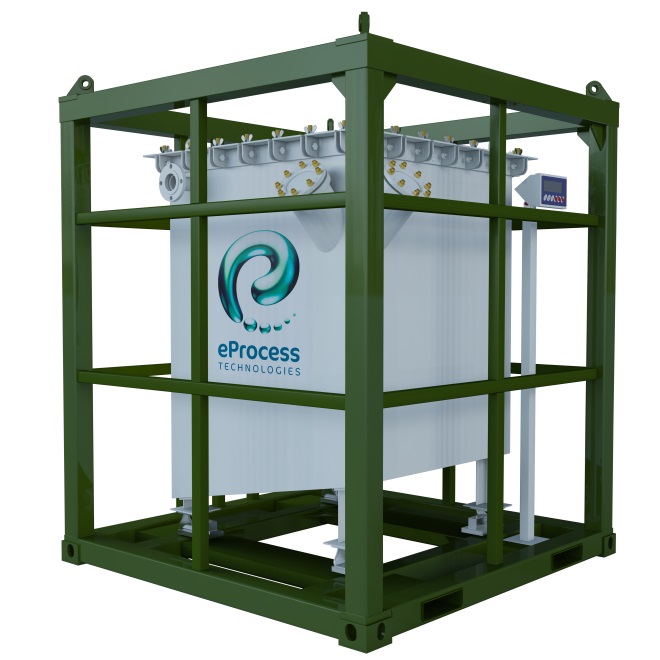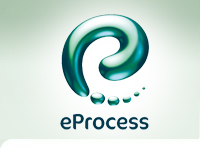Dewatering, Transport, & Disposal
The primary role of a Sand Management System is to get the solids away from the facility and dispose of properly. An improperly designed dewatering-transport-disposal system will bottleneck the entire handling system.
Produced solids from upstream operations, such as the Wellhead Desander, Produced Water Desander, or eJECT™ Cyclonic Jetting must be disposed. The final disposal route depends on the facility location (onshore/offshore) and environmental discharge regulations. The most common disposal routes are landfill, overboard discharge, or slurry fracture injection.
To simplify the entire process, eProcess combines Dewatering and Transport into a Bag-Bin Station designed for onshore and offshore use. This station comes in open or fully enclosed design depending on the site environmental and hazardous containment requirement. The basic station employs a support frame with lifting attachments. The frame holds a dewatering bag which sits on a perforated base. Slurry from the upstream process is directed into the dewatering bag, whereupon the solids are retained and the liquids permeate through for collection. The dewatering bag is made of hydrophobic and oleophobic material designed for maximum solids retention and rapid liquids drainage. The drainage bag is also used for transport by lifting from the frame. The bag can be disposed with the solids or cleaned for re-use.
Enclosed systems employ a similar bag-frame design; however this is encased in a solid-sided bin with lid. The bin allows full capture of all liquids and vapors and prevents exposure of the solids to atmosphere or personnel. The bin sets within a transport/crash frame suitable for all offshore environments. The bin sets upon a load cell platform to measure the weight of the solids collected. The entire bag-bin-frame can be transported to final disposal location for safe emptying.
Each type of system is designed for up to 2000 kg (1.0 m³) slurry collection and the dewatered solids will have <5 weight % liquids.


